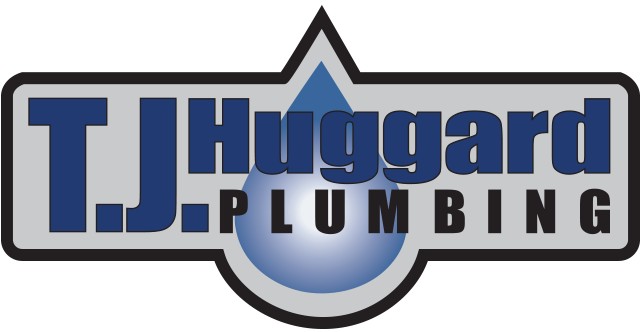As the leaves begin to change color and the air turns crisp, fall brings with it a unique set of challenges for homeowners. One of the most critical aspects of preparing for the autumn season is ensuring that your plumbing system is ready to withstand the colder temperatures and potential weather-related issues. Neglecting your plumbing during this time can lead to costly repairs and inconveniences down the road. To help you navigate this seasonal transition, we’ve prepared a comprehensive checklist for preparing your plumbing for fall.
Inspect Exterior Pipes and Faucets
Before the first frost hits, it’s essential to inspect all exterior pipes, faucets, and hose bibs. Start by turning off the water supply to outdoor faucets and disconnecting hoses. Drain any residual water from the hoses to prevent freezing and cracking. Insulate outdoor pipes and faucets with foam insulation sleeves or towels wrapped in plastic to protect them from the cold.
Clean Gutters and Downspouts
Fall is synonymous with falling leaves, and as beautiful as they are, they can wreak havoc on your plumbing system. Clogged gutters and downspouts can lead to water backups, which may damage your roof and foundation. Regularly clean your gutters and downspouts to ensure proper water flow and prevent potential leaks or overflows.
Check for Leaks and Drips
A small drip may seem harmless, but over time, it can waste a significant amount of water and lead to increased water bills. Inspect your plumbing system for any leaks, both visible and hidden. Check under sinks, around toilets, and in the basement or crawl spaces for signs of water damage or moisture. Address any leaks promptly to prevent further damage and conserve water.
Service Your Water Heater
As the temperature drops, your water heater works harder to provide you with warm showers and hot water for household tasks. Schedule a professional inspection and maintenance service for your water heater to ensure its operating efficiently. This may include flushing the tank to remove sediment buildup, checking for leaks, and adjusting the temperature settings to be energy efficient.
Insulate Pipes in Unheated Areas
Pipes located in unheated areas like crawl spaces, garages, and basements are susceptible to freezing during the fall and winter. Insulate these pipes with foam or fiberglass pipe insulation to prevent freezing and potential burst pipes. Pay extra attention to pipes that run along exterior walls.
Test Sump Pump and Backup Systems
Fall often brings heavy rainfall, and a functioning sump pump is crucial to prevent basement flooding. Test your sump pump to ensure it activates when needed. Consider installing a backup sump pump or battery backup system to provide protection in case of power outages.
Examine Water Pressure
Fluctuations in water pressure can be a sign of underlying plumbing issues. Check your water pressure using a pressure gauge, which you can purchase at a hardware store. Ideal water pressure typically falls between 40 and 60 psi (pounds per square inch). If your water pressure is too high or too low, it can strain your plumbing system and appliances. Consult a plumber if you notice any irregularities.
Inspect the Septic System
If your home relies on a septic system, fall maintenance is essential. Have a professional inspect and pump your septic tank if necessary. Ensure that the drain field is clear of debris and functioning correctly. Avoid planting trees or shrubs near the septic system, as their roots can damage the pipes and tank.
Protect Outdoor Fixtures
Outdoor fixtures like sprinkler systems should be properly prepared for the winter to prevent freezing and damage. Drain and winterize your sprinkler system to remove any remaining water from the lines. This will help prevent frozen pipes and costly repairs come springtime.
Consider a Whole-House Plumbing Inspection
To ensure that your plumbing system is in top shape for the fall and winter seasons, consider scheduling a comprehensive whole-house plumbing inspection. A professional plumber can identify potential issues, provide necessary repairs, and offer expert advice on maintaining your plumbing system year-round.
As the fall season ushers in cooler temperatures and potential plumbing challenges, it’s crucial to take proactive steps to prepare your plumbing system. By following this comprehensive checklist, you can safeguard your home against costly repairs, conserve water, and ensure a smooth transition into the colder months. Remember that it’s always a wise decision to consult with a professional plumber for any plumbing concerns or maintenance needs. With proper care and attention, your plumbing system can weather the fall season without a hitch, allowing you to enjoy the beauty of autumn without plumbing worries.



